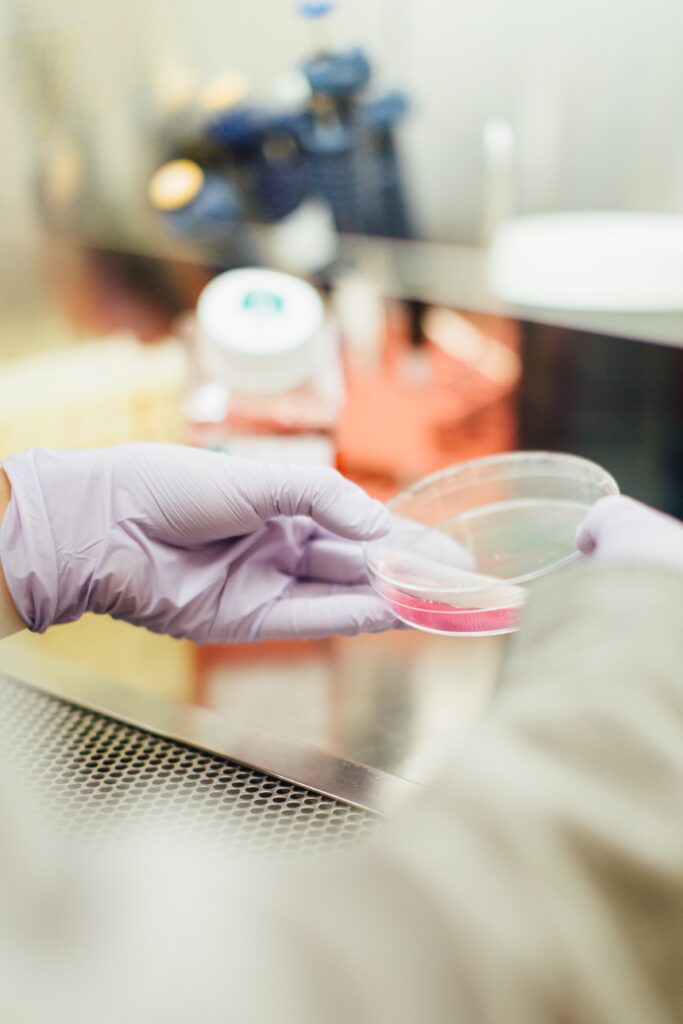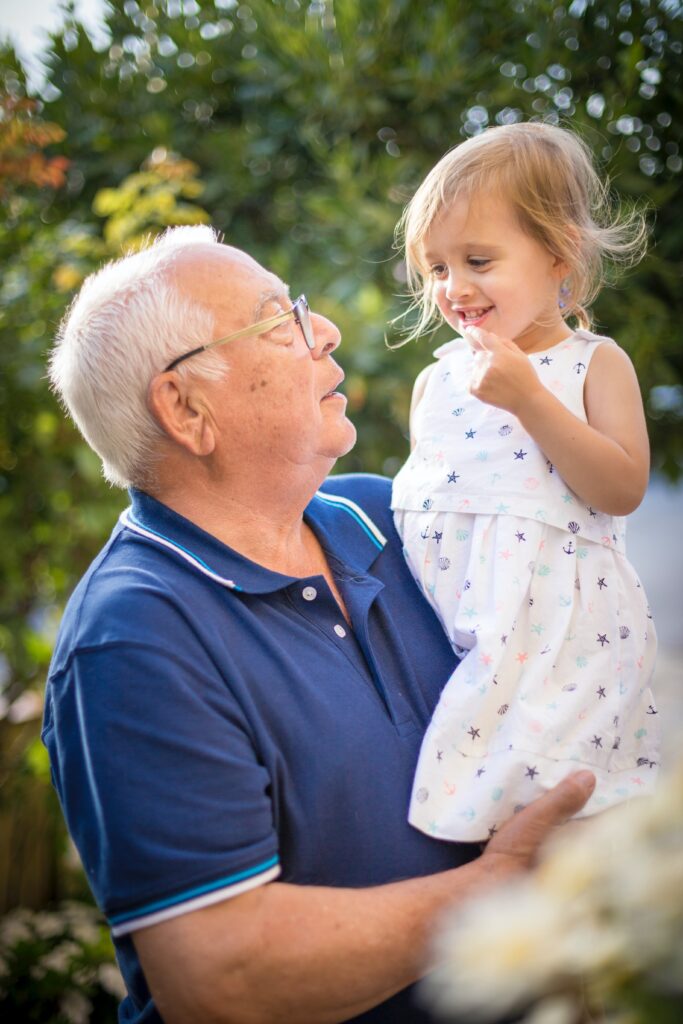GUIDE TO CLAIMS OF PRODUCT ANTIVIRAL PROPERTIES
22nd December 2021
When it comes to advertising in 2021, we need to be aware of anti-viral product claims.
It’s only natural that coming out of a global pandemic, consumers are going to gravitate towards any product which they believe will reduce the chance of them, their loved ones, or their customers contracting a virus.
And yet do we really understand what phrases like ‘antiviral properties’ mean? Because there are many million viruses out there in the world – the overwhelming majority of which will do absolutely no harm to you or I. In fact, there are even some beneficial viruses that will target bacteria within our bodies and help ward off illness.
At Niglon, we wanted to really understand the science surrounding viruses – and specifically how they react on surfaces such as switches and sockets. Because without having a really good grasp of what this all means, how can we go about supporting wholesalers, contractors, and end users to make informed product choices?
So, we undertook extensive research, testing, and called on some of the UK’s leading experts who specialise in how viruses act on surfaces.
And the result is this guide – a resource not only for us to use within our team, but to be shared across the industry so all of us can benefit from this vital knowledge.
Paul Dawson
Commercial Director | Niglon

The terminology explained
As electrical specialists, we’re all acutely aware of the meaning of terminology relating to circuits, wiring and electrical regulations – less so with the terms associated with virology. While the Coronavirus pandemic may have brought this field of expertise to the forefront of our minds, how many of us know the difference between a mammalian virus and a bacteriophage?
VIRUS | A virus is an agent that can only multiply within a host cell1 – this means on its own or on a surface, it can’t cause any harm. But once the virus (made up of genetic material surrounded by a protective protein outer layer) finds its way to a cell, it can replicate – and that’s when it has the potential to cause illness.
MAMMILIAN VIRUSES | Different types of virus impact different living things – with mammalian viruses being those who attack host cells within mammals or vertebrates. There are an estimated 10 nonillion viruses in total (more than 100 million times the number of stars in the entire universe) but it’s thought fewer than 12,000 are able to infect mammals2.
Of those, there are only 220 known viruses which can cause harm to people.
BACTERIOPHAGE (OR PHAGE) VIRUSES | A bacteriophage (commonly referred to as a phage) is a type of virus that only infects bacteria. Because they’re attacking bacteria, they can actually be helpful for humans – and have been trialled as alternatives to antibiotics in countries such as the USA to target drug-resistant bacteria3.
Some research has even found a higher presence of common bacteriophages within healthy individuals than those with conditions such as Crohn’s4.
ENVELOPED AND NON-ENVELOPED VIRUSES | Enveloped viruses have a membrane around them while non-enveloped don’t – this difference impacts how they enter their host cells, and can also have an effect on their survival rates on surfaces.
FOMITES | A fomite is a surface or material that can carry and spread infectious diseases5. An example of this would be the transfer of viral agents on to a light switch, which then transfer to the hands of the next person to touch the switch (within a certain time frame).
When can we say a product is antiviral?
A virucide is something that deactivates or destroys a virus on contact – and it’s the effectiveness of this process which is calculated during testing.
A product with a low/no virucidal activity cannot be legitimately advertised as antiviral (or any related term) – and even where testing has shown a higher level of activity, companies must be very careful about the terms they use to describe the product.
Of course, this applies to every product where rules around Trading Standards and Advertising Standards must be adhered to. However, in the case of virus protection – given the sustained high level of public concern, and even fear, around the spread of viruses since the onset of the Coronavirus pandemic, the Niglon team believes there is an additional moral obligation for companies to be clear and accurate in the way they talk about products. Additionally, sharing as much information as possible – at a level accessible to the general public – enables customers to make the right choices for them.

So, what did we do?
Niglon called on the support of those at the University of Manchester who specialise in research around the interactions of materials and viruses.
They were able to explain the testing process, and undertake their own research on Niglon products and the products of a competitor made using the same material.
From this, we know that virucidal surfaces reduce the spread of infectious viruses because they’re able to destroy them in short time frames. The industry accepted standard for virucidal activity is ISO21702.
Put simply, testing involves placing a small amount of the virus on a surface for different lengths of time, and then calculating the remaining amount to determine the level of virucidal activity.
But many viruses are too dangerous to be used within such testing, so less dangerous surrogate viruses (with similar properties) are used.
The alternatives that can be used under the regulations are the bacteriophages phi6 and MS2, and the mammalian viruses of murine (mouse) norovirus and a less harmful type of Coronavirus (human or feline).
Our testing
Niglon used a testing company to investigate their own product.
This testing, which was further verified by the experts, used an enveloped human coronavirus and a non-enveloped murine norovirus and was conducted for periods of 4 hours and 24 hours.
The conclusion was that there was little to no virucidal activity for all surfaces tested after 4hrs. After 24hrs, the Niglon sample displayed virucidal activity against human coronavirus NL63 but not against murine norovirus.
Testing using either bacteriophages or mammalian viruses is acceptable under the ISO21702 guidelines – but our research highlights the stark differences there can be where different surrogates are used during testing, and the potential hazards of stating a product is antiviral without declaring which viruses it can reduce the transmission of effectively.
The differences in results highlights that the use of surrogates doesn’t always accurately replicate what would happen if the virus itself was present on that surface.

What next?
For you | We’re calling on contractors, wholesalers, and end users to query claims – because if you’re buying a product then you should understand exactly what a word like ‘antiviral’ means in that specific instance. Will the product protect you, your loved ones, or your customers from Coronavirus, MRSA, E-coli and other harmful viruses? Or are they simply virucidal when it comes to bacteriophages, which are entirely harmless (and sometimes actually beneficial!) for humans?
Just as we encourage knowledge-sharing and questioning around product certification in the industry, we also encourage you to ask for proof where testing claims are being made surrounding other aspects of your safety, such as virus transmission. In this instance, asking those questions is vitally important.
For Niglon | At the moment, despite our products performing well in some of the testing, we don’t feel comfortable stating that they’re antiviral – we don’t want anyone to buy them mistakenly thinking they will protect them against Covid-19. We’d rather you buy our products because of their other fantastic properties, and keep on taking the cautionary measures such as hand sanitizing, which we’ve all become accustomed to – because those measures really will reduce virus transmission.
In the meantime, we’re continuing to work hard behind the scenes to see whether we can develop materials or coatings which do have virucidal properties. But it’s only once we are 100% confident that our products fight against viruses that harm humans that we will begin shouting this from the rooftops.
Until then, we’ll simply encourage thorough testing when it comes to any safety claims made right across the industry. Whether we’re talking about circuit protection, antiviral properties, or any other aspect of our work: safety does and always will come first.
Sources:
1. https://microbiologysociety.org/why-microbiology-matters/what-is-microbiology/viruses.html
3. https://www.youtube.com/watch?v=Eces5h-6OWc
4. https://www.ncbi.nlm.nih.gov/pmc/articles/PMC5027468/
5. https://www.news-medical.net/health/What-are-Fomites.aspx

